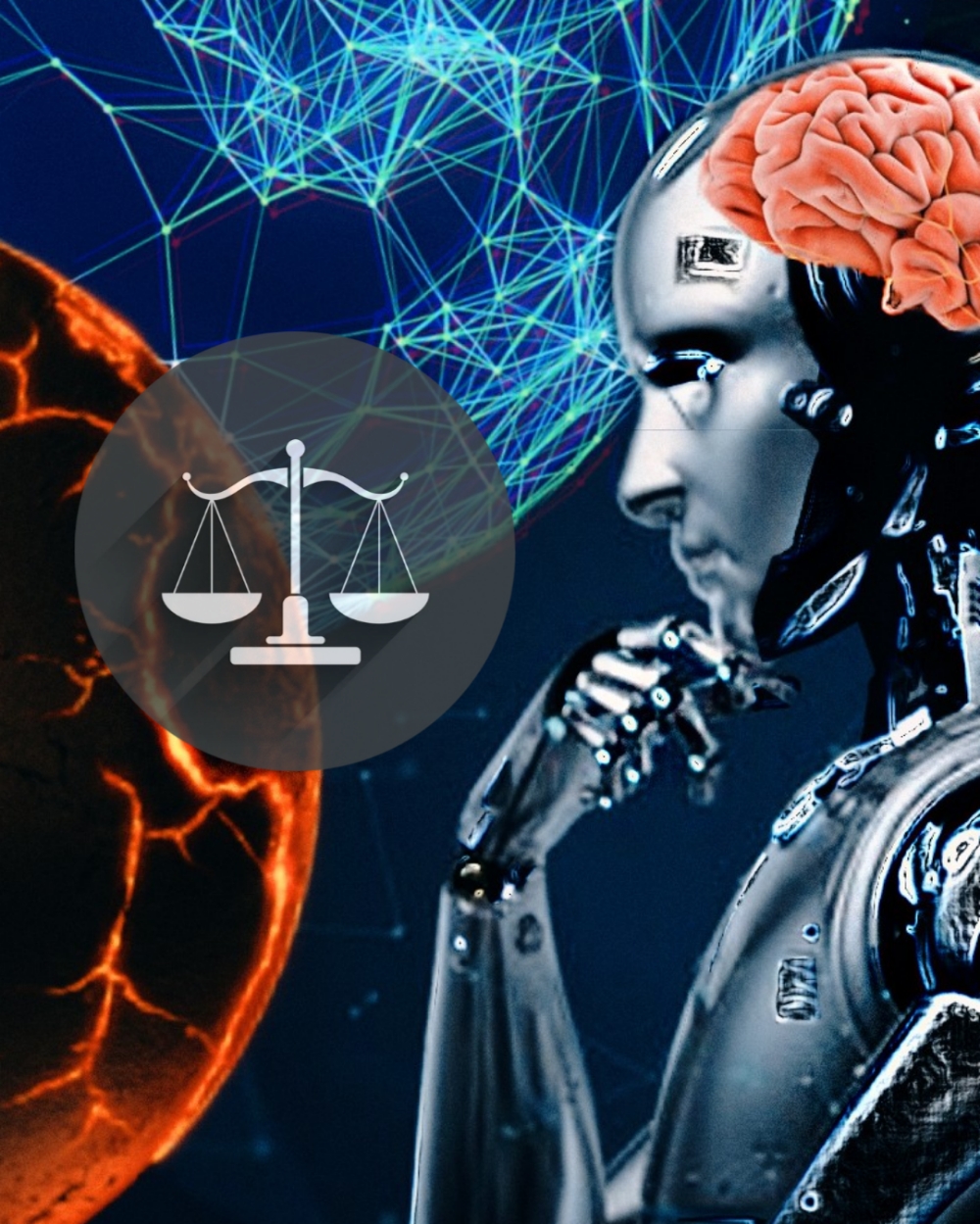| Legal Innovation | Law | Technology |
Introduction: From Paper Stacks to Predictive Analytics
Legal research has long been characterized by the slow and methodical review of case law, statutes, and legal commentary. Traditionally, this meant long hours in law libraries, combing through digests and headnotes. Even with the digitization of legal databases, much of the process remained manual and time-intensive—until now.
Artificial Intelligence (AI) is transforming how legal professionals discover, interpret, and apply legal information. From predictive analytics to intelligent document review, AI is reshaping both how lawyers work and how law itself is practiced.
1. The Rise of AI-Powered Legal Research Tools
AI has moved beyond simple keyword search. Platforms like Lexis+ AI, Westlaw Precision, Casetext (CoCounsel), and Harvey AI use machine learning and natural language processing (NLP) to:
- Extract relevant legal principles from complex documents
- Analyze fact patterns and recommend analogous cases
- Summarize precedents, highlighting key holdings and reasoning
- Understand intent behind a legal query, improving accuracy beyond Boolean logic
These tools increasingly function like virtual research assistants, identifying case relevance based on legal context, not just text matches. This not only saves time but reduces the risk of missing important authority due to phrasing or jurisdictional differences.
2. Predictive Case Analysis: From Strategy to Settlement
AI is also transforming litigation strategy. Predictive analytics platforms can forecast:
- Likelihood of success on a motion or appeal
- Judicial tendencies based on prior rulings
- Settlement value ranges based on historical outcomes
By analyzing millions of court records and docket entries, tools like Premonition, Gavelytics, and Lex Machina allow lawyers to assess opposing counsel, venue trends, and probable outcomes with unprecedented precision. In-house counsel use these systems to inform risk management and budget projections.
Impact: Attorneys can now tailor strategy not only to legal doctrine but to data-driven predictions about judges, timelines, and likely resolutions.
3. Smarter Legal Drafting and Brief Analysis
Generative AI, like GPT-based models, has introduced a new frontier in automated legal drafting. Capabilities now include:
- First-draft generation of legal memos, motions, or letters
- Real-time brief review for argument strength and case support
- Suggesting counterarguments based on a submitted brief
- Detecting citation gaps or misaligned authorities
Some law firms use custom-trained AI models that reflect their house style, jurisdictional focus, and practice area preferences—effectively giving each firm a bespoke legal assistant.
However, the use of AI in legal writing comes with risks, particularly concerning hallucinated case law, misrepresentation, and ethical duties to verify all output.
4. Democratizing Access to Legal Insight
AI tools are also lowering the barrier for legal analysis. Small firms and solo practitioners now have access to research tools that rival what only Big Law could afford a decade ago.
Some public-interest AI platforms are offering free access to case summaries, legal interpretations, and draft generation, enhancing access to justice for underrepresented litigants and jurisdictions with limited legal infrastructure.
5. Ethical, Regulatory, and Practical Concerns
Despite these advancements, AI in legal research poses several challenges:
- Hallucinations: Generative models may fabricate citations or legal principles.
- Bias: AI trained on historic data may reflect systemic biases in case law.
- Confidentiality: Uploading sensitive documents to third-party tools raises data privacy and privilege concerns.
- Regulatory uncertainty: Jurisdictions vary on whether AI-generated work requires attorney oversight or attribution.
Courts and bar associations are now developing guidelines and ethical codes for AI use in legal practice. The U.S. and U.K. courts have already sanctioned attorneys for submitting AI-generated briefs with false citations.
6. The Future: Augmentation, Not Replacement
AI is unlikely to replace lawyers, but it will increasingly augment legal expertise. The lawyer of the future is part advocate, part strategist, and part data analyst. Success will come from knowing how to ask the right questions, interpret AI outputs, and apply human judgment to machine-suggested paths.
Legal education is already adapting. Some law schools are offering courses in AI literacy for lawyers, and firms are hiring legal technologists alongside traditional associates.
Conclusion: A Paradigm Shift in Progress
AI is no longer a future disruptor, it’s an active participant in shaping how law is practiced today. As legal research and case analysis become faster, smarter, and more predictive, legal professionals must embrace new competencies while upholding their traditional roles as guardians of accuracy, ethics, and justice.
The transformation is not just technological, it’s cultural. Lawyers must evolve not only their tools but their mindset, adopting AI as a partner rather than a threat.
In the age of intelligent systems, the value of human legal reasoning may lie not in gathering informationbut in knowing what to do with it.






